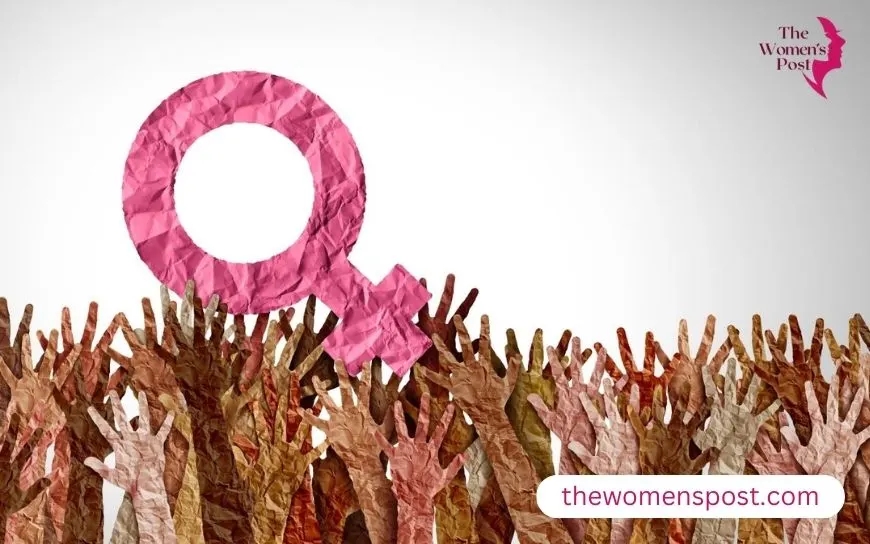Dowry: A Tradition Turned Burden

The dowry system, a long-standing socio-cultural tradition in many civilisations, particularly in South Asia, entails transferring money, goods, or property from the bride’s family to the groom’s family as part of the marriage contract. Although the practice was intended to help newlyweds and foster family peace, it has devolved into a transactional and frequently exploitative habit with far-reaching implications.
Let’s dive into the history, ramifications, and potential remedies to the dowry system in modern culture:
Historical Context and Evolution
The dowry system has its roots in ancient cultures, where it was used as a type of inheritance for women, assuring financial security in their marital homes. Dowries served as a barrier to economic dependency in communities where women’s property rights were limited or nonexistent. Over time, however, this tradition evolved from a provision for the bride to an obligation put on her family.
In colonial India, for example, the British enacted inheritance laws that excluded women, thereby supporting the dowry system. As a result, dowries replaced direct inheritance, increasing the financial strain on the bride’s family. While the legal environment has changed, traditional expectations about dowries remain, particularly in rural and conservative communities.
The dowry system has enormous social, economic, and psychological consequences for individuals, families, and society as a whole. Some of the implications are:
Financial Stress on Families
The dowry system has the most immediate economic impact on the bride’s family. Many families go into debt, sell assets, or skip necessary costs to meet dowry demands. This financial hardship reinforces poverty cycles, particularly among the lower-income groups.
Gender inequality
The practice perpetuates patriarchal norms by placing a monetary value on women, reducing their agency and worth to mere transactions. It reinforces the idea that women are economic liabilities, but males are assets worth compensating.
Dowry-related violence
Failure to satisfy dowry demands frequently results in brides being harassed, abused, or even murdered. Dowry-related violence is a terrible reality, with thousands of cases documented each year. The phenomenon of “bride burning” or dowry deaths exemplifies the severe effects of this practice.
Effects on Marriage and Relationships
The dowry system turns marriage into a business transaction rather than a bond of mutual respect and love. It breeds anger among families and compromises the purity of marital bonds.
Delayed Marriages and Social Stigma
Women from economically disadvantaged homes frequently have delayed marriages or remain unmarried due to their families’ inability to afford dowries. This causes societal stigma and marginalisation for both women and their families.
Economic inefficiency
Dowries could be used to fund more productive activities such as education, healthcare, or entrepreneurship. The dowry system is thus a substantial economic inefficiency that stifles prospects for growth and progress.
Legal Framework and Enforcement
Recognising the negative impacts of the dowry system, numerous countries have enacted legislation to curtail it. In India, the Dowry Prohibition Act of 1961 made dowry giving and receiving illegal. Additionally, parts of the Indian Penal Code deal with dowry-related harassment and violence.
Despite these legislative safeguards, enforcement remains difficult due to widespread acceptance, a lack of understanding, and corruption. Victims frequently hesitate to disclose dowry-related crimes for fear of reprisal, social isolation, or distrust in the legal system.
Cultural and Psychological Dimensions
The dowry system is strongly rooted in cultural norms, making it difficult to change. Social standards, familial pressure, and the fear of public shame lead families to comply with dowry demands, even if they disagree with the practice ideologically. Breaking free from these psychological limitations needs substantial effort and collaboration.
Steps Towards Change
Addressing the dowry system involves a multifaceted approach that includes legal, educational, and cultural reforms. Some possible options include:
Education and Awareness
Individual empowerment via education is an important step towards abolishing the dowry system. Awareness campaigns can highlight both the legal and ethical aspects of dowry demand. Educating women about their rights and equipping them with economic independence skills can help to disrupt old power relations.
Strengthening legal mechanisms
Improving enforcement of anti-dowry legislation is critical. This includes sensitising law enforcement authorities, providing victims with legal representation, and ensuring that court processes are efficient and impartial. Publicising successful convictions can serve as a deterrent to dowry demands.
Community Engagement
Community-based efforts can play a critical role in shifting attitudes. Religious and cultural leaders, as well as prominent figures, should use their platforms to promote dowry-free marriages. Community action to stigmatise dowry demands can generate societal pressure against the practice.
Promoting alternative marriage practices
Encouraging simple, dowry-free weddings can help change societal norms. In recent years, movements such as “No Dowry” campaigns and public promises by families to reject dowries have grown in popularity, suggesting the possibility for cultural change.
Economic Empowerment for Women
Providing women with access to education, job, and financial resources can minimise their reliance on dowries as a source of security. Economic empowerment undermines patriarchal norms while simultaneously promoting greater gender equality in society.
Media & Technology
Using media and technology to convey anti-dowry messages can significantly increase the reach and impact of awareness initiatives. Social media platforms, in particular, can be utilised to disseminate success stories, highlight dowry-related injustices, and rally public opinion.
The dowry system, while strongly rooted in tradition, fosters inequity, violence, and economic inefficiencies. Addressing this issue requires a collaborative effort from individuals, communities, and governments to challenge entrenched conventions and create a more fair society. The dowry system can be dismantled by prioritising education, enforcing legal frameworks, and fostering cultural change, ensuring that marriages are founded on mutual respect and equality rather than financial transactions. The journey to abolish the dowry system is difficult, but it is a crucial step towards an equitable and inclusive society.









